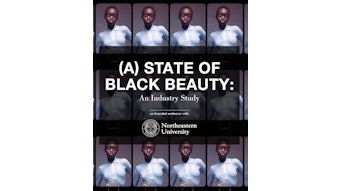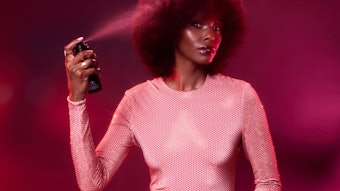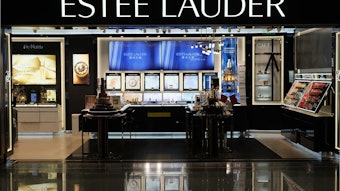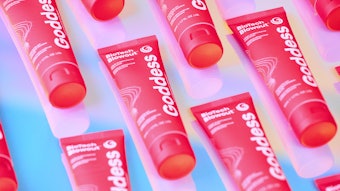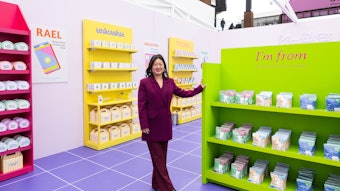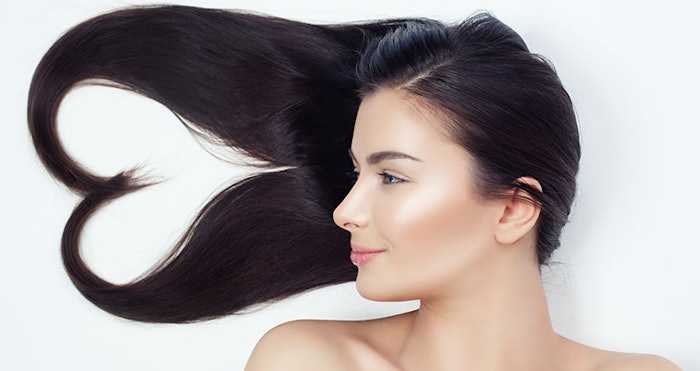
Is there a difference between “clean” and “simple” ingredients? Are consumers willing to pay more for them? What are the purchase drivers and expectations for “clean” hair care products?
Ingredion conducted a global proprietary consumer research study with a focus on hair care which consists of hair cleansing/rinse-off (shampoo, conditioner), hair treatments/leave-ins (masks, dry shampoo) and styling products (gel, spray, mousse), using the same methodology as the previous skin care article.
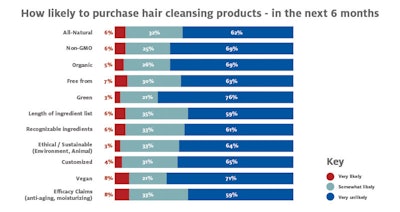 To the surveyed consumers, labels and claims drive purchase intent — and consumers’ perceptions of product efficacy. Consumers often expect hair care products with claims such as “green,” “ethical” and “vegan,” as well as products with short ingredient lists, to perform better than conventional products. Similar to skin care, different consumer segments have different priorities. Male consumers pay closer attention to shampoo ingredient labels (73%) and are more interested in “green” claims, while efficacy is more important to female consumers. Although “natural” is important to consumers across all hair products, it is significantly more important to younger consumers (25–34) that their hair treatment products are “organic” (26%) and “green” (18%), while price is more important to older consumers (45 and older) and those in lower-income households.
To the surveyed consumers, labels and claims drive purchase intent — and consumers’ perceptions of product efficacy. Consumers often expect hair care products with claims such as “green,” “ethical” and “vegan,” as well as products with short ingredient lists, to perform better than conventional products. Similar to skin care, different consumer segments have different priorities. Male consumers pay closer attention to shampoo ingredient labels (73%) and are more interested in “green” claims, while efficacy is more important to female consumers. Although “natural” is important to consumers across all hair products, it is significantly more important to younger consumers (25–34) that their hair treatment products are “organic” (26%) and “green” (18%), while price is more important to older consumers (45 and older) and those in lower-income households.Clean and simple insights
Just like in the food and beverage market, “clean” ingredients are one of the most important considerations for consumers when purchasing hair care products. Approximately two-thirds of consumers read ingredient labels and avoid products that are not aligned with “clean” claims. Consumers want to see more “kitchen-like” ingredients, such as plant oils, proteins and even fruit and vegetable juices. In the U.S. alone, more than 20% of consumers are looking specifically for proteins and another 20% of consumers value fruit juices in their hair care products. An even higher percentage of consumers prefer sulfate-free (25%) and paraben-free (36%) products over traditional products.
Additionally, of those surveyed, more than 50% say a “simple” label for hair cleansing products should contain 10 or fewer ingredients. However, many consumers expect that hair treatment products will require more ingredients than shampoo, due to the additional functionality expected of this category.
Price and usage insights
Ingredients and label claims matter to modern hair care consumers, but so does price. Two-thirds of global consumers surveyed are only willing to pay up to $14.99 per bottle for shampoos and conditioners, due to an expectation that additional hair styling or treatment products will potentially need to be purchased. The top three hair care purchase drivers are price and ingredients, followed by fragrance. Male consumers are significantly more likely to use multiple products, particularly body cleansing, in addition to hair cleansing and hair treatments, suggesting preference for 3-in-1 products.
Impact of “clean beauty” in the hair care market
Our survey found that 76% of consumers are very likely to purchase hair care products in the next six months with “green,” “ethical” or “vegan” claims because they expect that these claims will improve performance, and up to 59% of consumers are willing to pay more for these claims.
Up next
Part three of this series will explore additional needs and expectations for “clean beauty” consumers. For more about CLEANgredient™ solutions, visit Ingredion at ingredion.us/beauty.
Article written by:
Kristen Presti, Ingredion, Global Director, Beauty & Home
Angelika Rol, Ingredion, Beauty Care Marketing
Cindy Yu, Ingredion, Global Marketing, Beauty & Home
Debby Canfield, Ingredion, Sr. Manager, Global Marketing
Disclaimer:
The above paid-for content was produced by and posted on behalf of the Sponsor. Content provided is generated solely by the Sponsor or its affiliates, and it is the Sponsor’s responsibility for the accuracy, completeness and validity of all information included. Global Cosmetic Industry takes steps to ensure that you will not confuse sponsored content with content produced by Global Cosmetic Industry and governed by its editorial policy.




